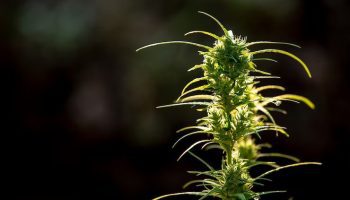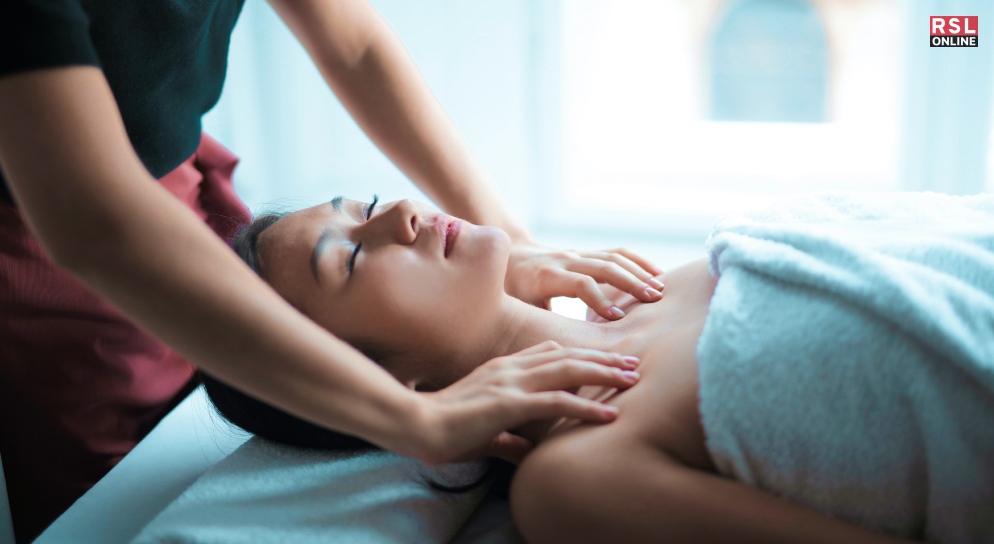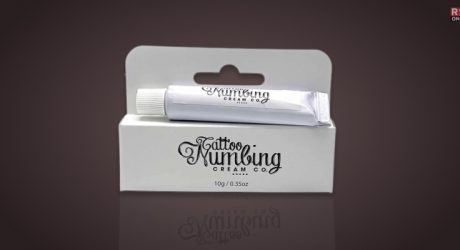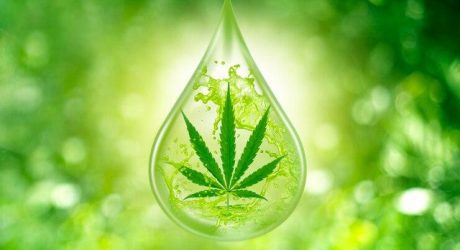In a world where modern medicine often takes center stage, it’s essential not to overlook the ancient healing techniques that have stood the test of time. Specialists have used traditional Chinese massage and therapies for centuries to promote physical and mental well-being.
In this article, I will dive into the world of Chinese massage, with a special focus on cupping and Gua Sha, shedding light on these ancient practices and their modern-day relevance. So, if that is what you are interested in, I have you covered!
Keep on reading this blog till the end to learn more…
Chinese Massage: A Brief Overview
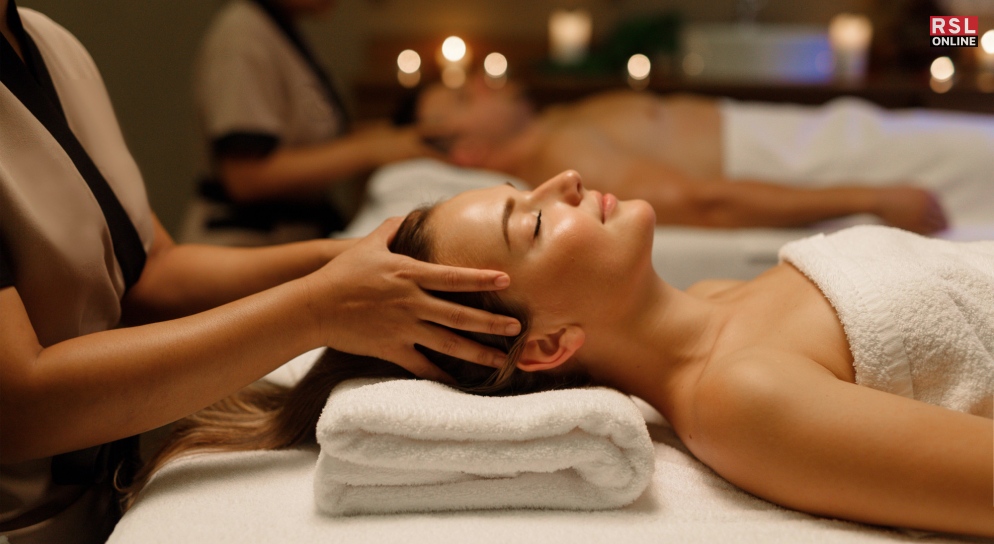
Chinese massage, often referred to as Tui Na, encompasses a wide range of therapeutic techniques. These techniques, rooted in the principles of Traditional Chinese Medicine (TCM), aim to balance the body’s vital energy, or Qi, and promote healing. The focus here is on two specific methods: cupping and Gua Sha.
Cupping Therapy: A Suction-Powered Massage
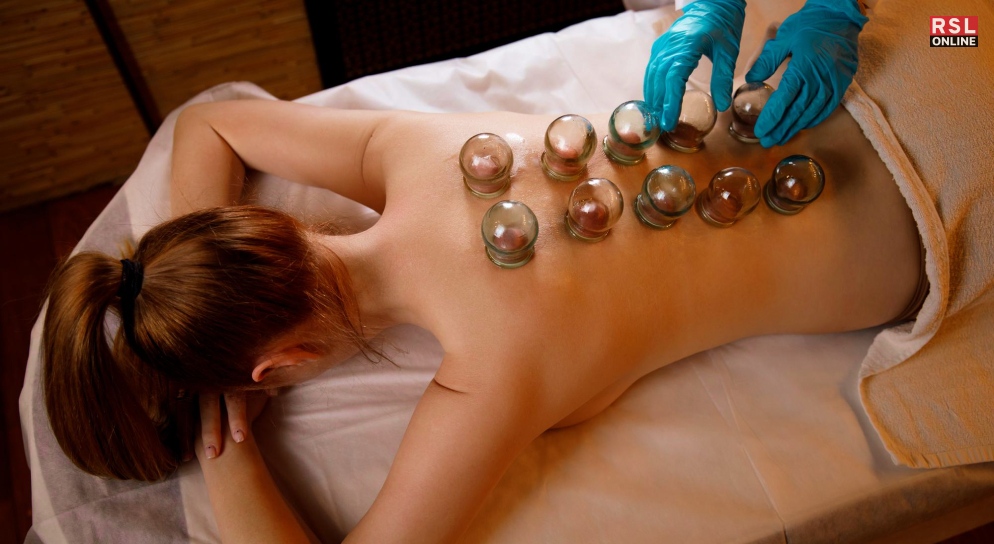
Cupping therapy is a practice that has gained global popularity for its unique approach to healing. This technique involves the use of special cups, usually made of glass or silicone, that the practitioners apply to the skin’s surface. These cups create a vacuum when heated or suctioned, pulling the skin and muscle tissue upward.
The suction effect promotes increased blood circulation and relaxes muscles. This method helps relieve pain, reduce inflammation, and even aid in detoxification. Cupping therapy leaves temporary circular marks on the skin, commonly referred to as “cupping marks,” which often generate curiosity and conversation.
Gua Sha: The “Scraping” Therapy
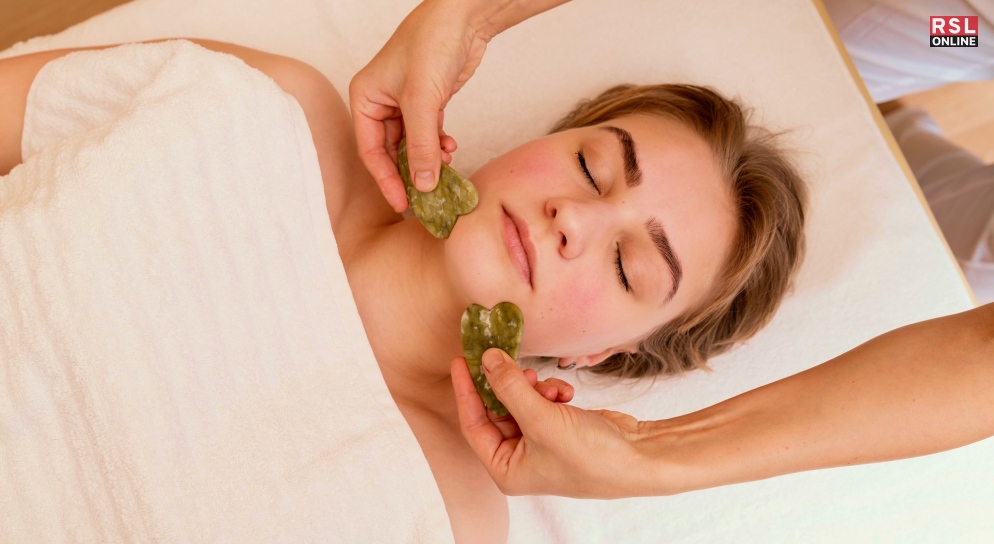
Gua Sha, pronounced “gwa shah,” translates to “scraping sand” in Chinese, which accurately describes the technique. It involves the use of a smooth-edged instrument, traditionally made of jade or horn, to scrape the skin’s surface. To sum up, the scraping motion is performed on lubricated skin, typically with the help of massage oils, and is repeated until the skin becomes red or develops petechiae, tiny red spots.
Gua Sha is believed to release tension, stimulate blood flow, and promote the body’s natural healing mechanisms. Above all, it’s often used to relieve pain, particularly in cases of muscle soreness or chronic conditions like fibromyalgia. In contrast, while the temporary redness may look alarming, it’s a sign that the therapy is effectively addressing stagnation and blockages in the body.
The Science Behind Chinese Massage
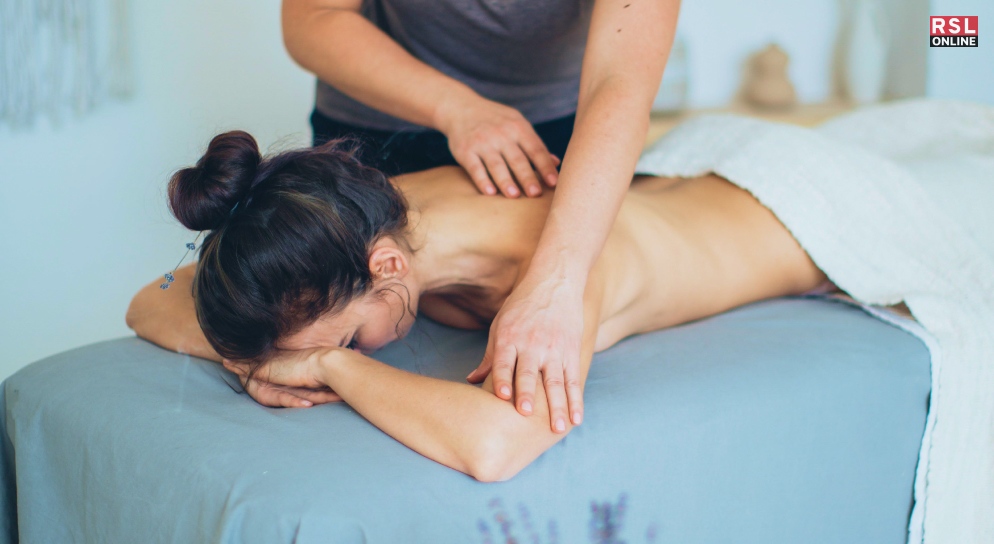
While these practices may seem unconventional to the uninitiated, there’s scientific reasoning supporting their effectiveness. So, let’s explore the science behind cupping and Gua Sha.
1. Improved Blood Flow
Firstly, both cupping and Gua Sha promote better circulation. The suction created by cupping and the scraping motion in Gua Sha stimulate blood vessels, enhancing the flow of oxygen-rich blood to targeted areas. This can accelerate the body’s natural healing process and help alleviate pain.
2. Fascia Release
Secondly, these therapies can also benefit the fascia, a connective tissue that surrounds muscles and organs. Cupping and Gua Sha help release tension in the fascia, which can relieve pain and improve range of motion.
3. Detoxification
And lastly, people believe cupping helps the body to eliminate toxins. This method draws the toxins to the surface of the skin. People consider the temporary marks left by cupping the evidence of this detoxification process.
Modern Applications Of Chinese Massage
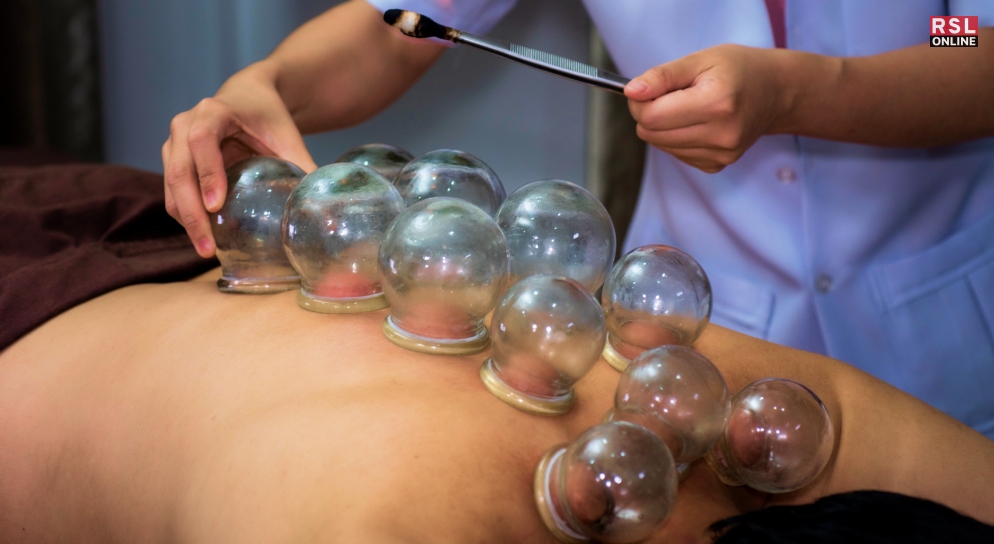
Today, Chinese massage techniques like cupping and Gua Sha are not limited to Traditional Chinese Medicine clinics. They have found their way into mainstream wellness practices and even professional sports.
Athletes, such as swimmers and track-and-field competitors, have adopted cupping therapy to alleviate muscle soreness and enhance recovery. Specialists have also used this technique to address respiratory issues, with cupping placed on the upper back to help with conditions like asthma and bronchitis.
Gua Sha, on the other hand, is gaining popularity in the beauty and skincare industry. Facial Gua Sha, a gentler variation, involves using a smooth jade or rose quartz tool to massage the face. This technique helps to improve blood flow to the skin, reduce puffiness, and promote a radiant complexion.
The Role Of Chinese Massage In Stress Reduction
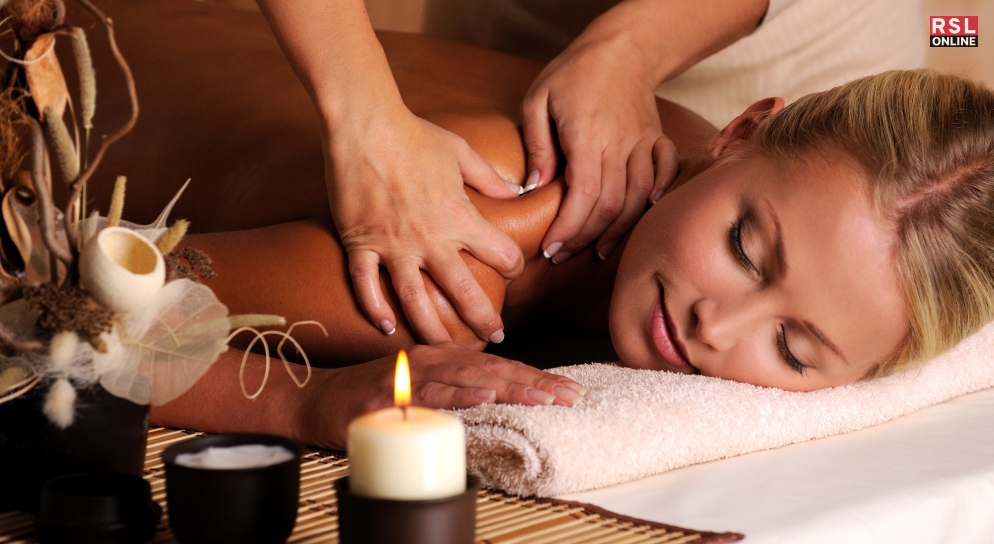
In today’s fast-paced world, stress and anxiety are prevalent. Chinese massage techniques offer more than just physical benefits; they can be powerful tools for relaxation and stress reduction. The soothing and rhythmic motions of these therapies have a calming effect on the nervous system.
The ancient principles behind TCM suggest that these massages help rebalance the body’s energy, which is believed to have a close link to emotional well-being. By promoting relaxation and reducing muscle tension, cupping and Gua Sha can help individuals find a sense of calm and tranquility amidst life’s chaos.
Read More: 3 Powerful Benefits Of Soaking In A Hot Tub Regularly
Transitioning To The Modern World
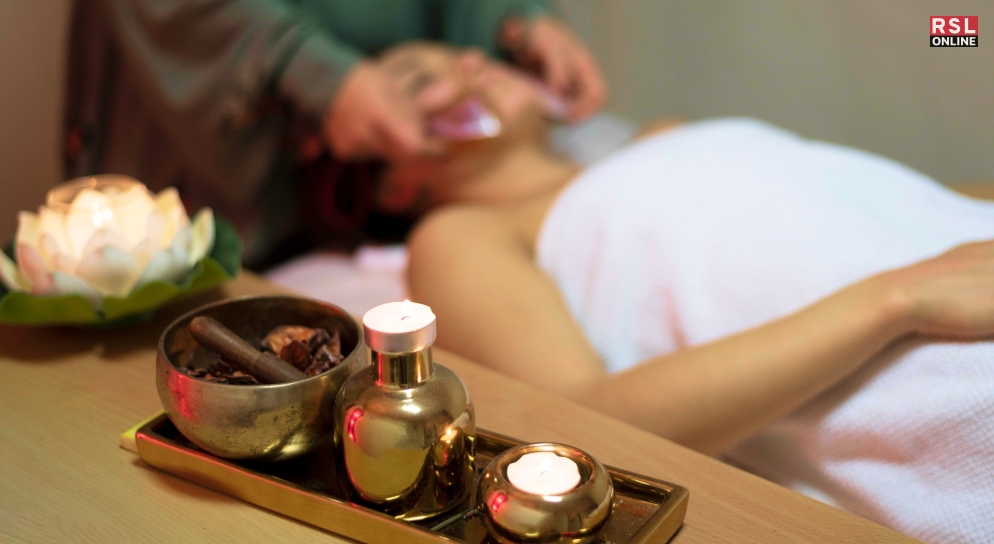
Traditional Chinese therapies have certainly found their place in the modern world. While these techniques have evolved, their core principles remain unchanged. A growing interest in holistic well-being, a deeper understanding of the body’s physiology, and the desire to explore alternative therapies have driven the transition to contemporary practices.
If you’re considering trying cupping or Gua Sha, it’s essential to consult a trained practitioner. These therapies require skill and knowledge for the experts to perform them effectively and safely. The specialists tailor these massage for the clients to address specific health concerns or simply to provide relaxation and stress relief.
Like What You’re Reading?
Sign up for Tips & Tricks newsletter for expert advice to get the most out of your technology
Wrapping It Up!
Chinese massage offers a unique blend of ancient wisdom and modern applications. While these therapies may look a little unconventional at first, their effectiveness is grounded in science and a deep understanding of the body’s energy systems.
Whether you seek pain relief, stress reduction, or a beauty boost, these traditional Chinese therapies have something to offer. Embrace the past to enhance your well-being in the present. So, why not give them a try and experience the rejuvenating power of Chinese massage for yourself?
If you were searching about the roots and benefits of Chinese massage, I hope that this blog has been of help to you. If there are any other queries related to the same, please feel free to let me know. All that you need to do is scroll down till the end of the page. Then leave your comments and queries in the box below. And I will be there to help you out. Also, do not forget to share what more you would like to know about.
Read Also:
















